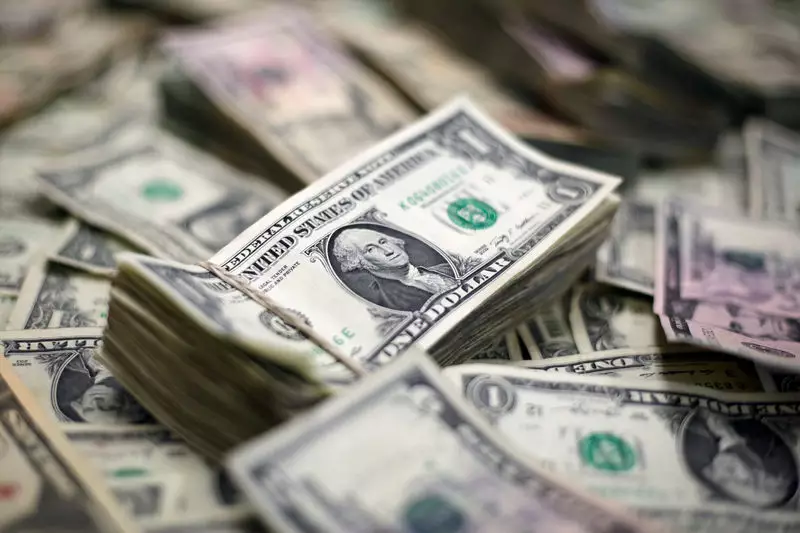The U.S. dollar has been facing turbulence in the currency market, with sharp losses at the end of last week. However, in early European trade on Tuesday, the dollar showed signs of a comeback. The Dollar Index, which tracks the greenback against a basket of six other currencies, traded higher at 105.090. This recovery comes after the dollar fell to its lowest level in nearly a month, reaching as low as 104.52 on Friday. The recent softer-than-expected nonfarm payrolls data has led traders to once again consider the possibility of interest rate cuts by the Federal Reserve.
Traders are now looking at September as the favored month for the Federal Reserve to initiate its rate-cutting cycle. Richmond Fed President Thomas Barkin has commented on the current state of interest rates in the U.S., suggesting that they are at “restrictive” levels which could help to control demand and inflationary pressures. Analysts at ING noted that the slightly softer U.S. jobs report on Friday has strongly indicated that a Fed hike this year is unlikely. The expectations for interest rate cuts have grown, with 45 basis points of cuts now anticipated for this year.
In Europe, the EUR/USD pair traded lower following data showing that German exports had rebounded in March due to strong U.S. and Chinese demand for German-made goods. However, disappointing industrial orders have cast doubt on a swift economic recovery. The European Central Bank has signaled a rate cut in June, adding to the uncertainty surrounding future monetary policy decisions. Meanwhile, GBP/USD traded lower ahead of the Bank of England’s meeting on Thursday. ING believes that a rate cut by the BoE in June is unlikely, with a possible cut expected in August.
In Asia, USD/JPY rose after sinking to its lowest point since April 10. The Japanese yen has fallen despite threats of intervention by the Bank of Japan and the government’s concerns about disorderly currency movements. The AUD/USD pair rose after the Reserve Bank of Australia’s decision to keep rates steady and its warning that inflation may persist in the near-term. The currency market in Asia remains volatile, with developments in economic data and central bank policies influencing exchange rates.
Economic data plays a crucial role in shaping currency exchange rates. Traders closely monitor indicators such as nonfarm payrolls, industrial orders, and interest rate decisions to gauge the strength of different currencies. The fluctuations in the forex market highlight the importance of staying informed about the latest economic developments and central bank policies to make informed trading decisions.

